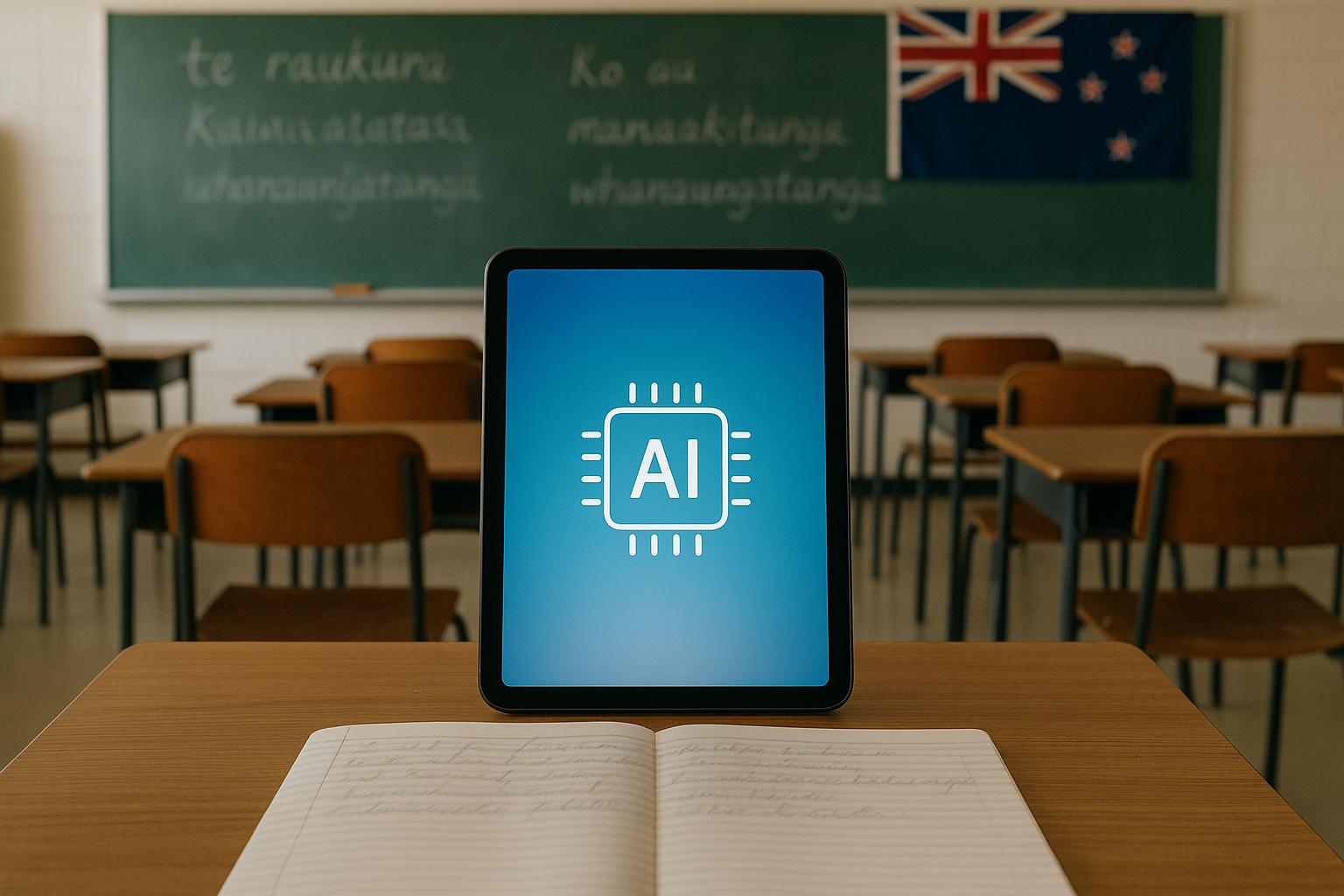The New Zealand Government has unveiled a series of significant changes to secondary school education, with a strong emphasis on artificial intelligence (AI) integration and curriculum reforms aimed at better preparing students for future job markets. Education Minister Erica Stanford announced that alongside new subjects, the curriculum will increasingly reflect the importance of science, technology, engineering, and mathematics (STEM). A notable proposal includes the development of a new Year 13 subject dedicated to Generative AI, which would explore how digital systems work, principles of machine learning, cybersecurity, and digital ethics.
These proposed curriculum changes form part of a broader overhaul of the country’s qualification system. The government plans to replace the current National Certificate of Educational Achievement (NCEA) with a new certification framework. Under this system, NCEA Level 1 would be substituted by foundation literacy and numeracy tests, while Levels 2 and 3 would be replaced by a New Zealand Certificate of Education and an Advanced Certificate, respectively. Students would be required to study at least five subjects and pass a minimum of four to earn each certificate, with grading on an A to E scale.
Minister Stanford highlighted that AI will play a central role in this transformation, particularly in marking assessments. She indicated that without the use of AI technologies, the ongoing changes would pose significant challenges and require substantial additional investment in the New Zealand Qualifications Authority (NZQA). The government already utilises AI for marking literacy and numeracy exams, and plans to expand this use by the time the new qualifications replace NCEA Level 2, anticipated around 2029. The intention is to harness AI to streamline assessment processes and maintain rigorous standards while reducing administrative burdens.
However, the proposed changes have elicited mixed reactions from educators. While some teachers’ unions have expressed cautious optimism—conditioned on robust implementation and resourcing—a sizeable group of 89 principals has called for an immediate halt to the NCEA replacement process. These school leaders have urged the Minister to revisit the proposals with deeper engagement from educators, especially those serving high-equity index communities that may be disproportionately affected. Despite these concerns, Stanford has underscored that the reform development was done in consultation with the sector and guided by an advisory group of principals, acknowledging a range of views within the educational community.
Beyond secondary education reforms, the government has also taken steps to improve literacy and numeracy among younger students. Starting from Term 1, 2024, all primary and intermediate students in Years 0 to 8 will receive an average of one hour daily instruction in reading, writing, and maths. Additionally, to enhance focus and reduce classroom distractions, the use of cellphones in classrooms is set to be banned.
Prime Minister Christopher Luxon has publicly endorsed the changes, describing the revamped qualification framework as a move towards a "world-class" education. Speaking during a media visit to Botany Downs Secondary College alongside Minister Stanford, Luxon said the government's ambition was to equip young New Zealanders with qualifications that set them up to drive the country forward in a rapidly evolving global landscape.
With AI rapidly becoming a key educational tool, New Zealand’s planned overhauls aim to position its students advantageously for technological and economic shifts ahead. The success of these reforms will, however, depend on effective implementation, adequate funding, and continued engagement with educators on the ground to ensure the changes deliver equitable and meaningful outcomes.
📌 Reference Map:
- Paragraph 1 – [1]
- Paragraph 2 – [1], [2]
- Paragraph 3 – [2], [3], [4], [7]
- Paragraph 4 – [6], [1], [4]
- Paragraph 5 – [5]
- Paragraph 6 – [7], [1]
Source: Noah Wire Services
